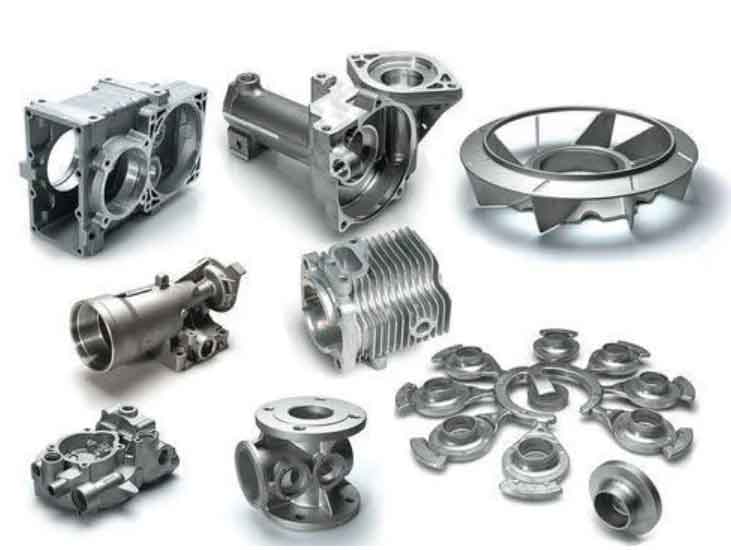
Grey cast iron has been a time-tested material in construction, offering various advantages that make it suitable for building infrastructure components. While it is not as commonly used as some other construction materials, it has found specific applications where its unique properties are advantageous. Here are some key reasons why grey cast iron has been used in construction:
1. High Compressive Strength: Grey cast iron exhibits high compressive strength, making it suitable for applications where the material is subjected to compressive loads, such as in structural columns and support elements.
2. Good Wear Resistance: In construction applications that involve abrasive or erosive forces, such as manhole covers and drainage grates, grey cast iron’s wear resistance makes it an ideal material choice.
3. Damping Capacity: Grey cast iron’s damping capacity is beneficial in construction components that need to absorb vibrations, reducing noise and improving structural stability.
4. Cost-Effectiveness: Grey cast iron is relatively inexpensive compared to some other construction materials, making it a cost-effective choice for certain applications.
5. Ease of Machining and Casting: Grey cast iron’s machinability and castability make it a suitable material for producing complex or intricate components with detailed designs.
6. Thermal Conductivity: In construction applications where heat dissipation is essential, such as in pipe fittings or heat exchangers, grey cast iron’s thermal conductivity can be advantageous.
7. Corrosion Resistance in Specific Environments: While grey cast iron is not inherently corrosion-resistant, it can be used in specific environments where corrosion is not a significant concern. For example, grey cast iron is used for drainage systems and ornamental ironwork.
8. Stability and Dimensional Accuracy: Grey cast iron exhibits good dimensional stability during cooling, making it reliable for producing components with precise dimensions.
Despite these advantages, it’s essential to recognize that grey cast iron also has limitations in construction applications. Its brittleness and limited tensile strength can make it less suitable for structural elements subjected to bending or tension loads. Additionally, its susceptibility to corrosion in certain environments may require proper coatings or protection measures.
Advancements in materials science and the availability of other construction materials with improved properties have led to a decline in the use of grey cast iron in construction. However, in specific applications where its unique combination of properties aligns with the project requirements, grey cast iron remains a viable and time-tested material for building infrastructure components.
